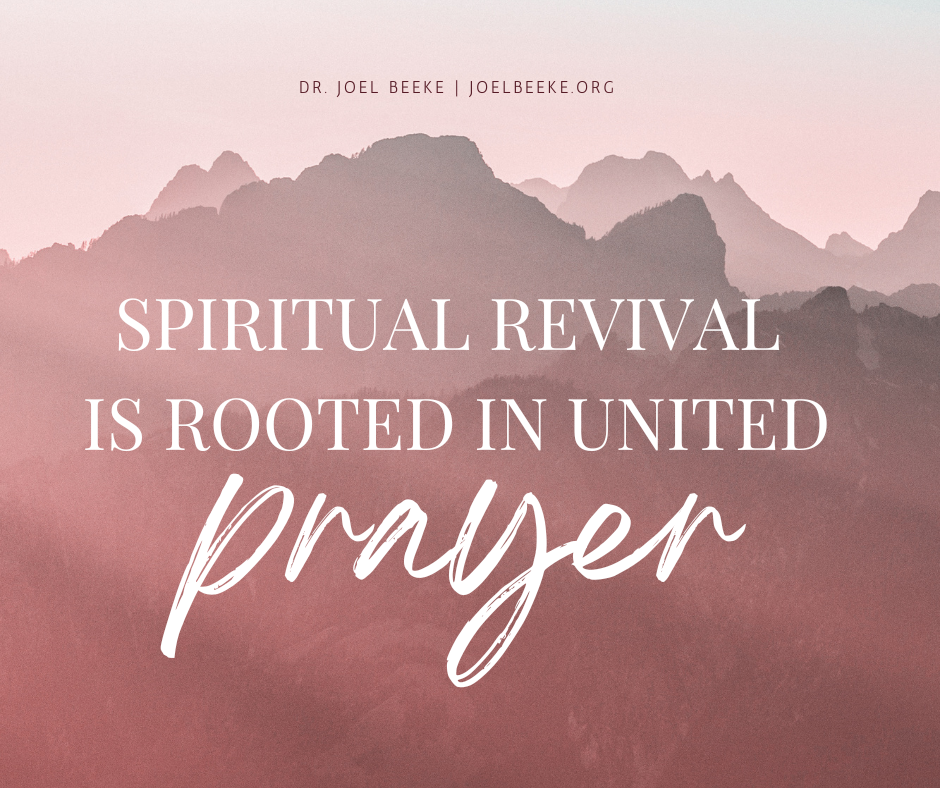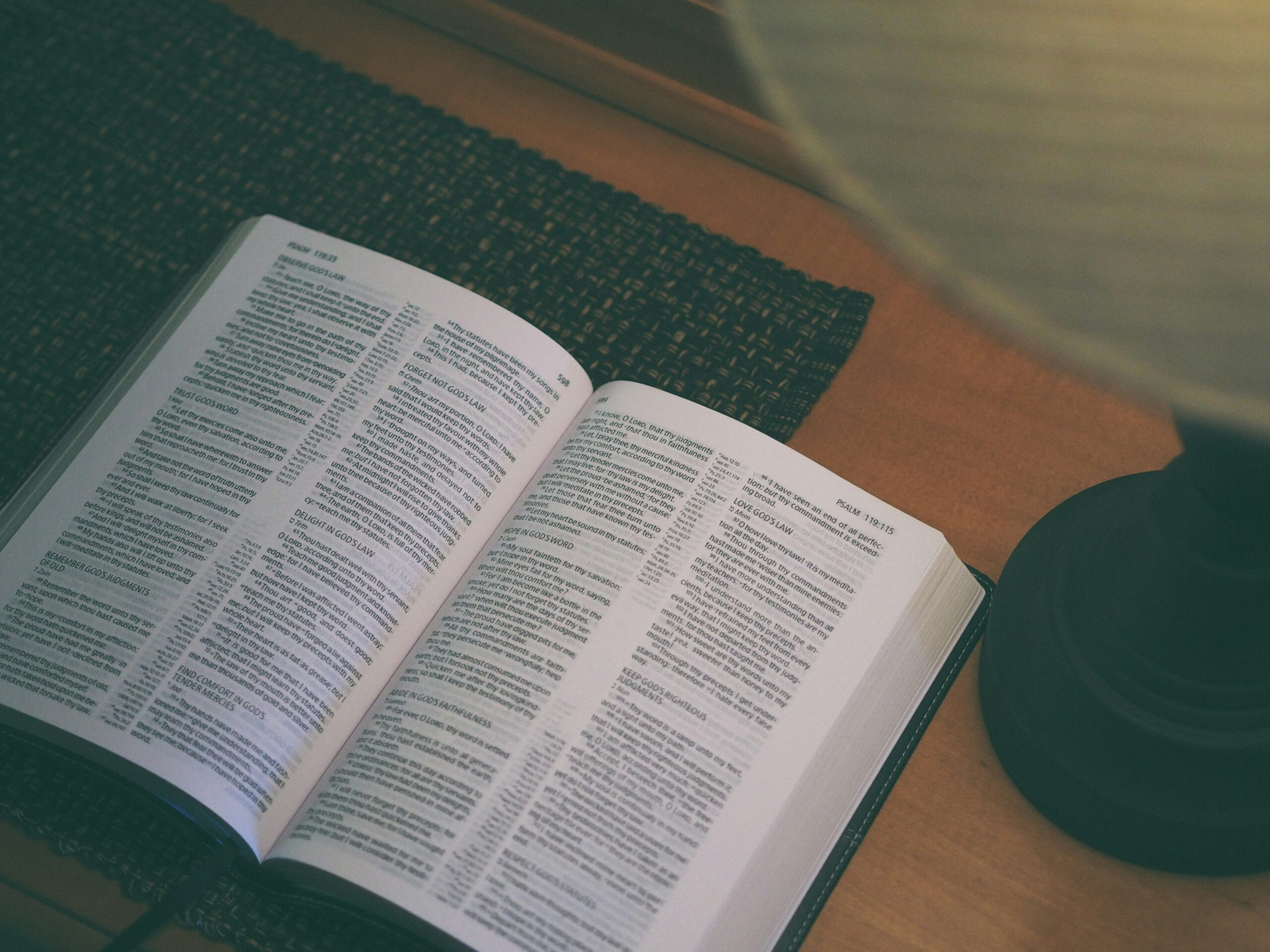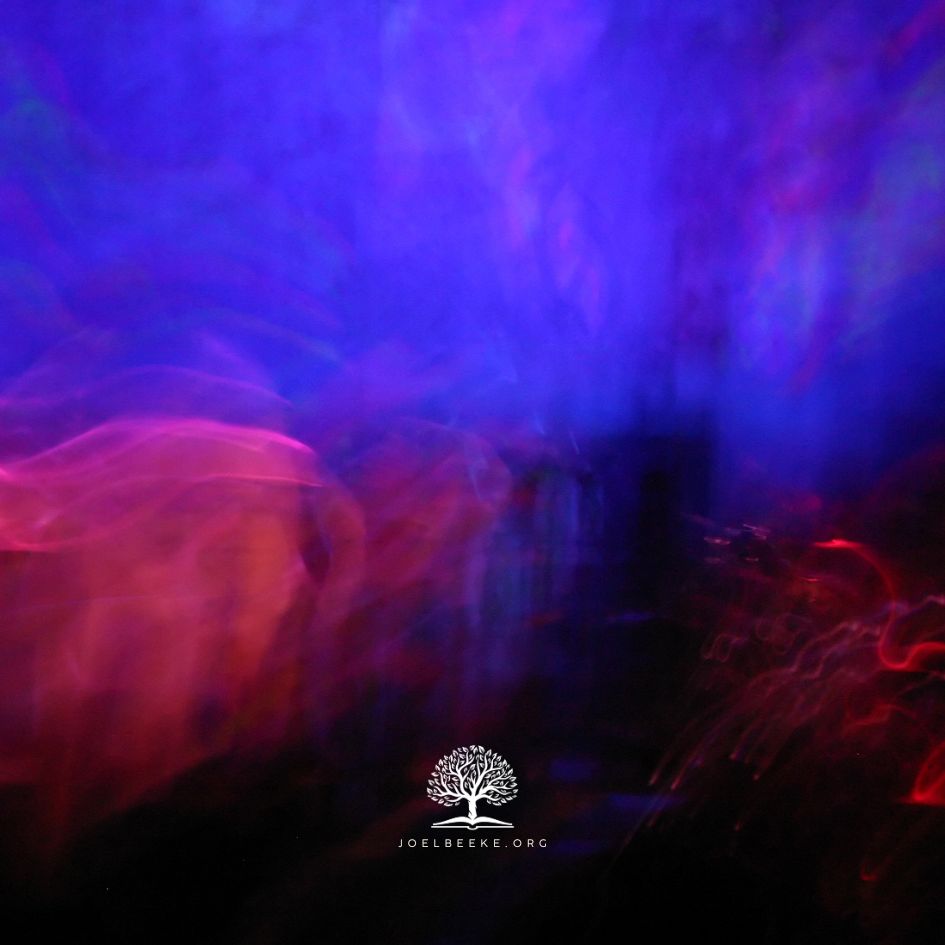Revival is a sovereign, powerful, concentrated, and rare work of the Holy Spirit that renews and multiplies God’s people. Revivals occurred regularly in Bible times, and maybe especially in Old Testament times. Horatius Bonar identified fourteen Old Testament events that could be described as revivals. Others identify eight to ten. However many there are, Wilbur Smith noted a number of common features. For the most part, each of them had a background of moral darkness and national depression; started in the heart of one special servant of God, who became the energizing power behind it; sparked a new and powerful proclamation of God’s Word; saw a return to the worship of God; included the destruction of idols; created a deep sense of sin and its consequences, and a desire to separate from it and all its causes; brought a return to offerings of blood sacrifices and their prophetic picturing of the Messiah’s atonement; saw a restoration of great joy and gladness; and were followed by a period of national productivity and prosperity. We might sum up these features as increased spiritual knowledge, deepened spiritual feeling, and wider spiritual obedience, all of which are caused by the Holy Spirit.
It is true that few of the Old Testament revivals mention the Holy Spirit. However, we know that there is no such thing as a spiritual revival without the Holy Spirit. And although those involved in these revivals did not have such a developed pneumatology (theology of the Holy Spirit) as we do, they certainly knew that what was happening was the result of an outside and higher spiritual power.
Let us take a look at one of these Old Testament revivals, one that has been called the greatest Old Testament revival, or the “Old Testament Pentecost”: the revival under King Solomon when the temple was dedicated.
The main point I want to emphasize as we look at this event is that spiritual revival is rooted in united prayer. We see that in the New Testament Pentecost also; it was when the disciples “were all with one accord in one place”—surely a description of corporate prayer—that the Holy Spirit fell upon them (Acts 2:1–4). And we see that in the Old Testament Pentecost in 1 Kings 8 (as well as its parallel account in 2 Chronicles 6–7).
Excerpt From
The Beauty and Glory of the Holy Spirit
Joel R. Beeke









